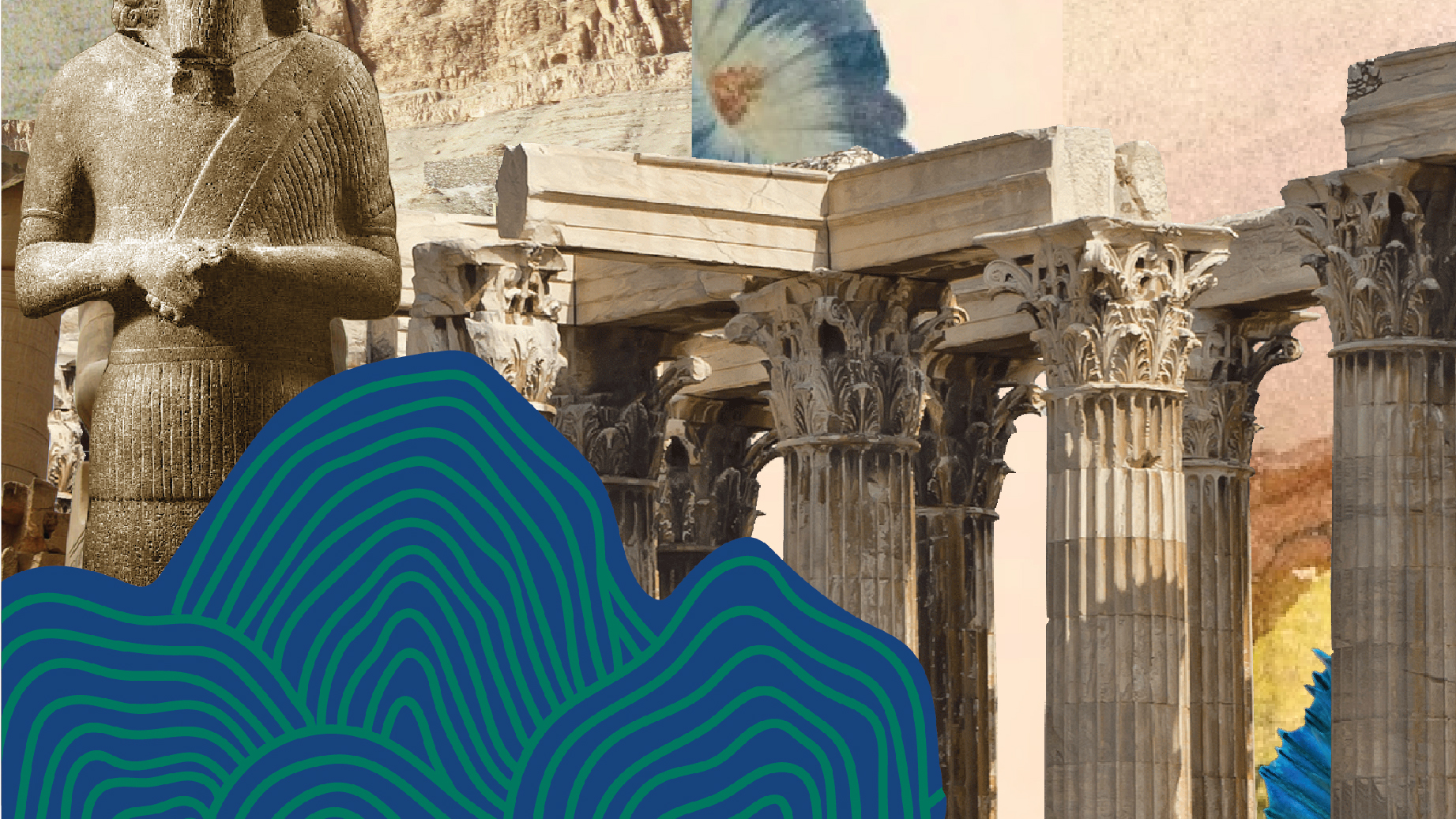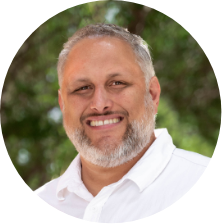
As exemplified in the Hadad-Yithʿi bilingual inscription discussed in part one of this series, it is difficult to grasp how the image of god would have made sense to anyone in the ANE apart from a physical representation. The corporeal nature of the image was essential to the image being an image. It could not be an image if it was not an image. Yet this aspect of the image of God discussion over the centuries generally has been missing, something that needs to be recovered if we are to have a solid biblical anthropology.1 But if being made in the image of God includes a material aspect, does that mean God has a body?
Those who hold the view that God cannot have a body point to passages like John 4:24, “God is spirit” as a prooftext for this position. But this creates a false dilemma. The assertion “God is spirit” does not necessitate the absence of a material component to God. God is not a ghost (Lk 24:39). D. A. Carson is helpful here: “By ‘God is spirit,’ Jesus is not suggesting that God is . . . incorporeal in the Stoic Sense, nor that ‘spirit’ completely defines his metaphysical properties . . . ‘God is spirit’ means that God is . . . divine as opposed to human (cf. 3:6).”2 For centuries people assumed God cannot have a body, implying we are like God in our spirits (immaterial, rational, moral, etc.) but not like him in our bodies (material, corporeal, fit to do real work). As we have already seen, this false dichotomy is extremely dangerous. As Doug Gropp said, “The decisive distinction is not between spirit and body, but between creator and creature.”3 Holding this false dichotomy causes all kinds of trinitarian problems. When the second person of the Trinity became a man (not looked like a man or appeared to be a man as the docetists claim, but actually became a man), did he stop being God? Did he retain his deity on some level but somehow become less divine in a human body? At the resurrection his body took on a new form. Did he become less human? If one wants to maintain an orthodox trinitarian doctrine, the answer to these questions must be an unambiguous “no.”
Someone may argue God is invisible (Col 1:15, 1 Tim 1:17) and therefore cannot have a body. But again, this creates a false dilemma. There are other invisible things in creation, actually, more than likely there is much more invisible than visible (Col 1:16). Does this mean those things which are invisible cannot in some way also be material, especially when they are consistently interacting with the material world? Jesus’ resurrected body was both visible and invisible and passed through walls (Lk 24:31, Jn 20:19). Was he material when visible and immaterial when invisible? When he ascended and disappeared in front of the disciples, did he become less human, less material? Is he less than human now? Again, the answer must be “no.” Paradoxically, the text tells us Moses saw the invisible God (Heb 11:27). How do you see something that cannot be seen? It is probably better for us to translate aoratas as “unseen,” not “invisible” (which implies the impossibility of seeing). Scripture says, “No one has ever seen God” (Jn 1:18, Jn 6:46, 1 Tim 6:16, 1 Jn 4:12), but this does not mean we will never see God (1 Cor 13:12).
As creatures made in the image of God, we seem to be in some sort of suppressed state in which our senses are only able to perceive part of reality (Rom 8:20), which would suggest a lot more is going on than we can see. In this way God is not invisible, but “too visible, or more visible than his creation.”4 Not surprisingly, Lewis makes this point eloquently:
To explain even an atom [Austrian physicist Arthur] Schrödinger wants seven dimensions and gives us new senses and we should find a new Nature. There may be Natures piled upon Natures, each supernatural to the one beneath it, before we come to the abyss of pure spirit; and to be in that abyss, at the right hand of the Father, may not mean being absent from any of these Natures – may mean a yet more dynamic presence on all levels.5
First Timothy 6:16 says that God “lives in unapproachable light,” and that no human “is able to see” him . . . yet. We have not yet been brought into “the abyss of pure spirit,” but the things Jesus did suggest we will be. He peels back the layers of our suppression and shows us what is real. His miracles “do not take us away from reality; they recall us to it . . . they are focal points at which more reality becomes visible than we ordinarily see at once.”6 We cannot say God has a body as we do, in our limited, limiting, suppressed, vulnerable state. But it is a dangerous thing to say God cannot have a body at all. It seems closer to explaining reality sufficiently to say God has (on some level unlike ours), or can assume a material body at will. After all, he is the source out of which all material things originate.
We tend to think of God anthropomorphically, but this has gotten us in trouble because we look at God and attempt to explain him in limited terms. Could it not be the reverse is actually true? Instead of viewing God anthropomorphically, should we not view ourselves theomorphically? We have a brain because God has a mind. We have ears because God hears. We have tongues because God speaks. We have hands because God shapes and forms. We create because God creates. When we try to make sense of ourselves holistically (body, spirit, soul) through a theomorphic lens we gain access to a deeper understanding not only of ourselves but of God. We like to think of God as analogous to us, but shouldn’t we think of ourselves as analogous to God? “After all, God does not exist in the image of man, but man in the image of God.”7

